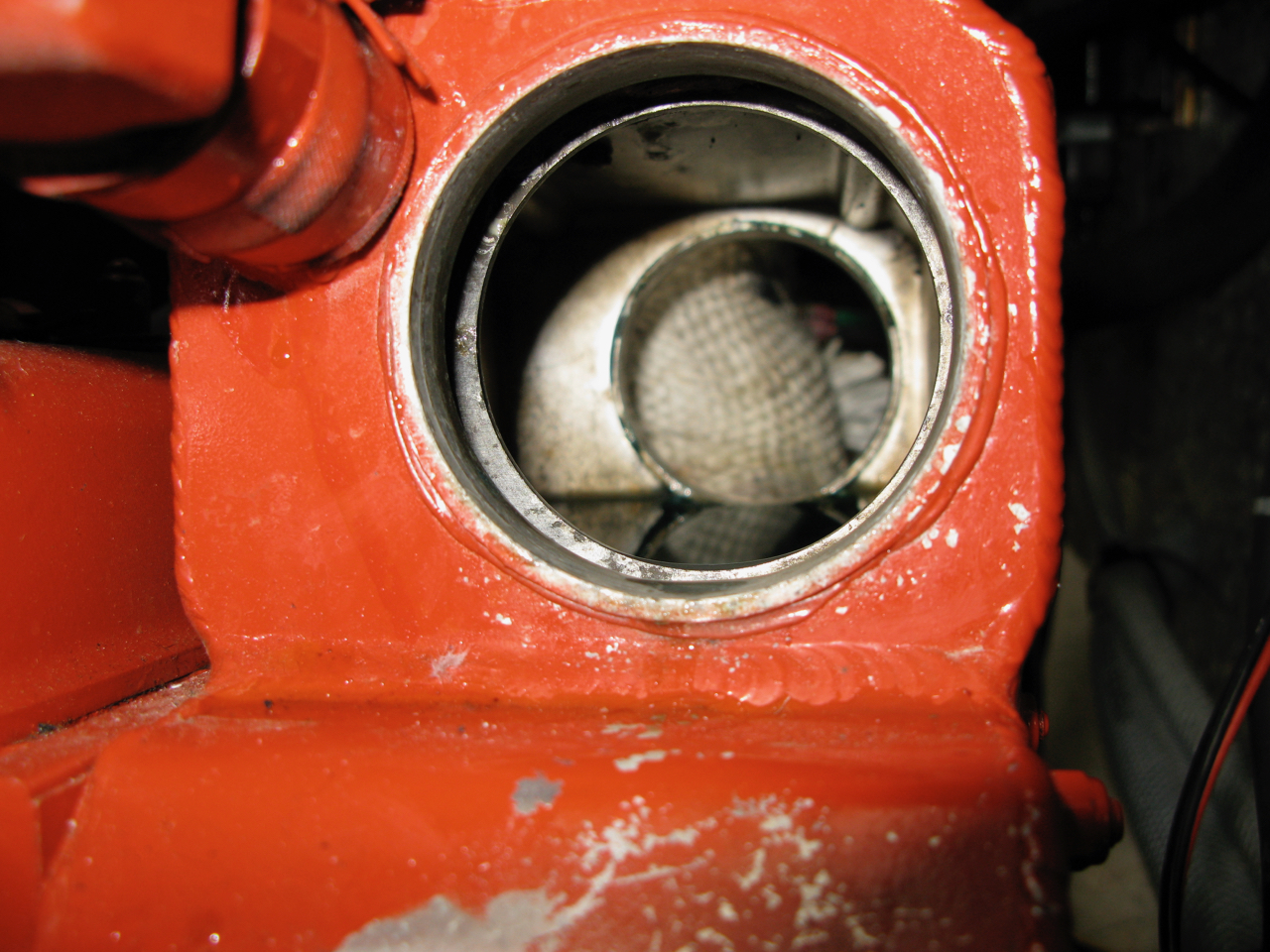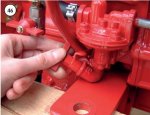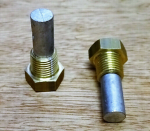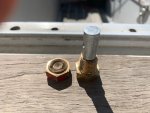eddystone
Well-known member
I want to check the heat exchanger tube stack on a Beta 30 engine. Do I really need to drain the coolant or can I not just catch what comes out when I remove the end caps and top up? Not sure I can find the drain tap anyway.




